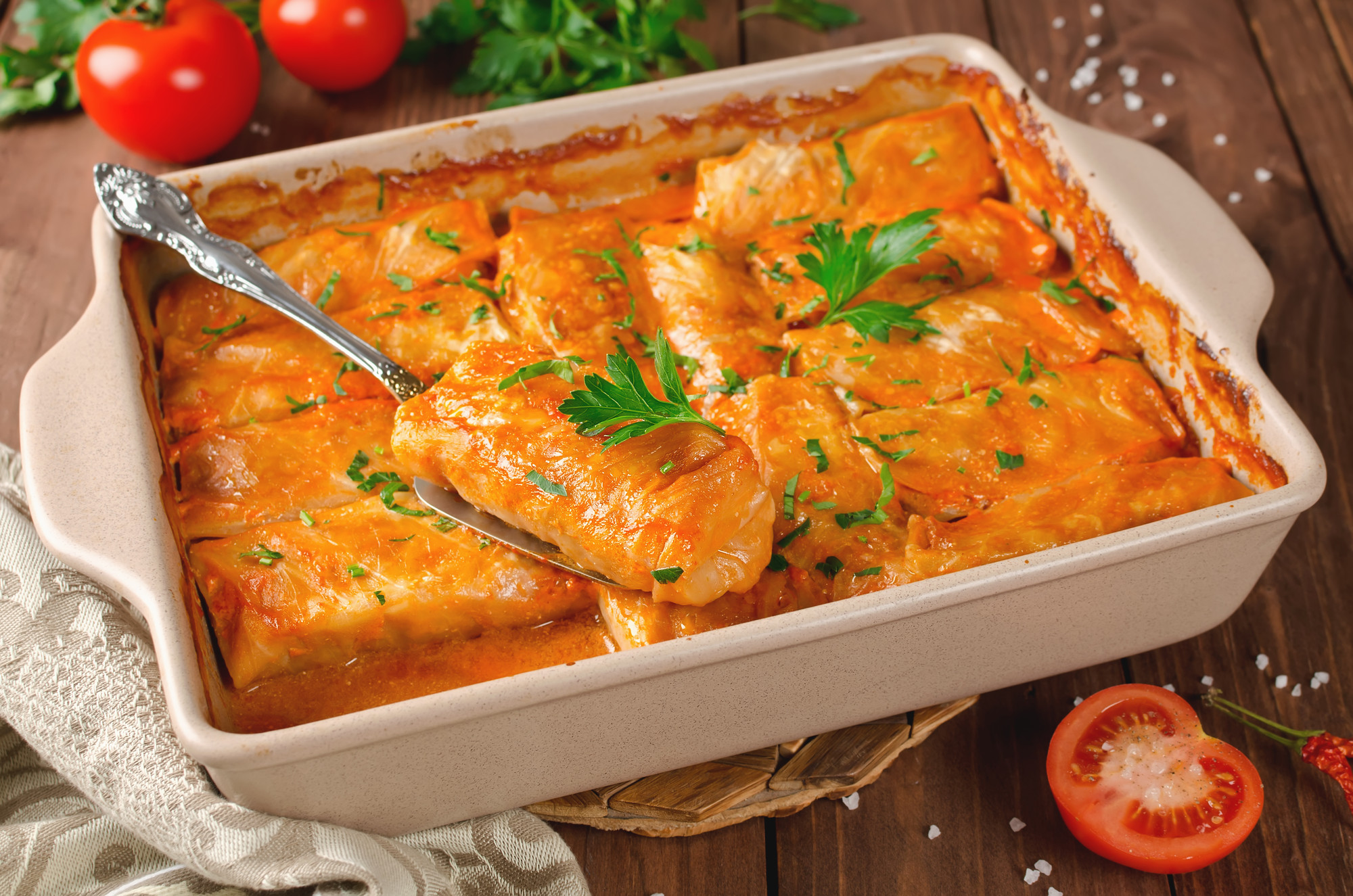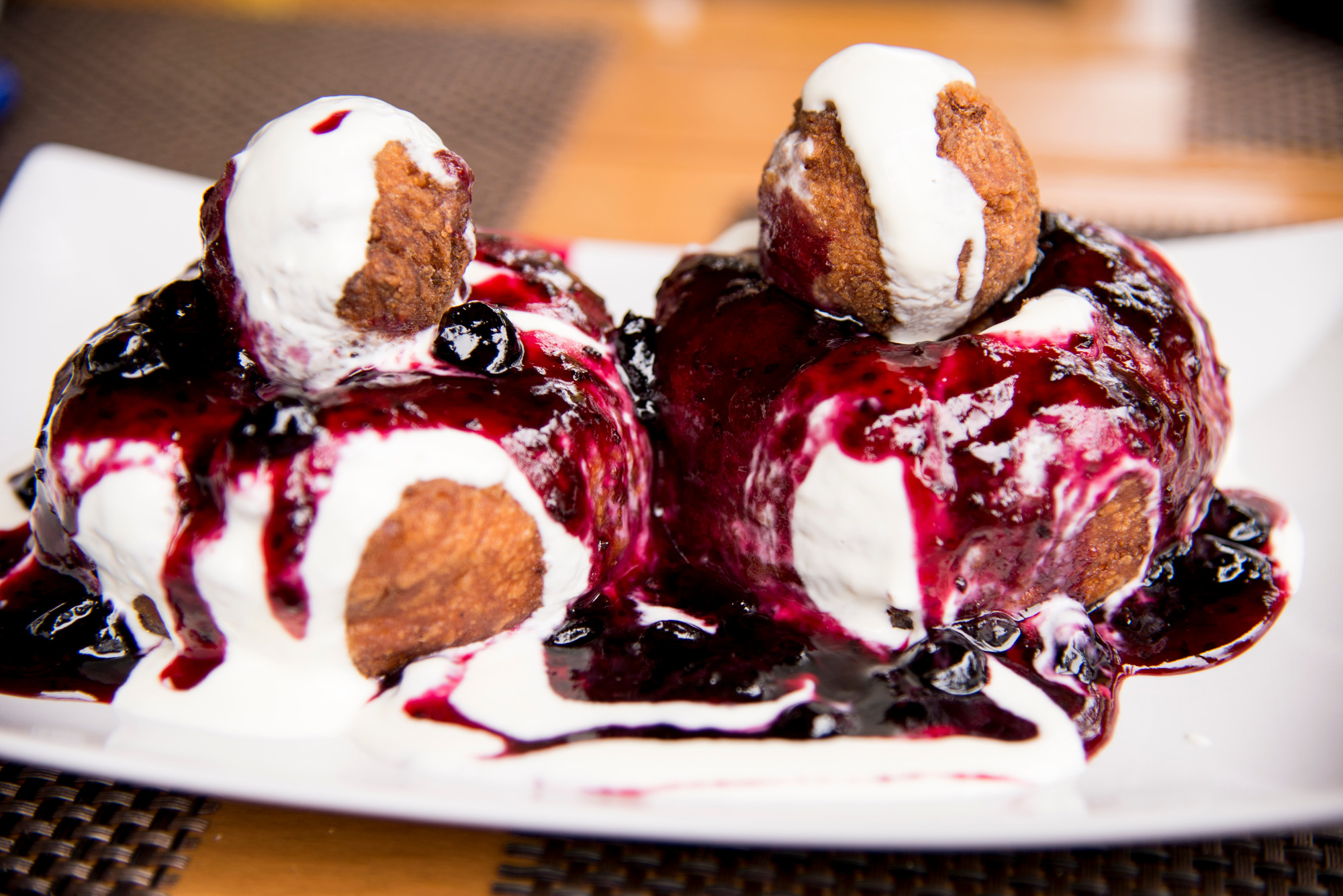Embark on a culinary adventure as we delve into the delectable world of traditional Romanian food, a testament to Romania’s rich history and cultural heritage. From hearty stews to mouthwatering grilled meats, Romanian cuisine tantalizes taste buds and nourishes the soul.
Romanian cuisine has been shaped by centuries of tradition, blending influences from neighboring countries and the country’s diverse regions. Join us as we explore the flavors, ingredients, and cooking methods that define this culinary gem.
Introduction
Traditional Romanian food holds a significant place in Romanian culture, reflecting the country’s rich history, diverse landscapes, and cultural influences. The culinary traditions of Romania have evolved over centuries, shaped by the country’s geographical location at the crossroads of Central and Eastern Europe, as well as its interactions with neighboring cultures.
The culinary history of Romania is marked by various influences, including Roman, Byzantine, Ottoman, and Austro-Hungarian. Each of these influences has left its mark on Romanian cuisine, resulting in a unique blend of flavors and ingredients. Traditional Romanian dishes often feature fresh, seasonal produce, locally raised meats, and a variety of spices and herbs.
Ingredients
Romanian cuisine is characterized by its use of fresh, locally sourced ingredients. Vegetables such as tomatoes, peppers, onions, and garlic are commonly used in many dishes. Fruits like apples, pears, and plums are also popular and often feature in desserts and preserves.
Meat plays a significant role in Romanian cuisine, with pork, beef, and lamb being the most common types. Traditional dishes often incorporate offal, such as liver and tripe, as well as smoked meats like bacon and sausage.
Popular Dishes: Traditional Romanian Food

Romanian cuisine is a diverse and flavorful blend of flavors, influenced by its rich history and geographical location. Among the most popular traditional Romanian dishes are sarmale, ciorba, and mici, each offering a unique taste of the country’s culinary heritage.
Sarmale
Sarmale are stuffed cabbage rolls, a beloved dish in Romania. They are typically made with ground pork, beef, or a combination of both, mixed with rice, onions, and spices. The filling is then wrapped in cabbage leaves and simmered in a flavorful tomato sauce until tender.
Sarmale are often served with polenta or mashed potatoes.
Ciorba
Ciorba is a hearty and flavorful soup, a staple of Romanian cuisine. It comes in various regional variations, each with its unique ingredients and flavors. A common type of ciorba is “ciorba de perisoare,” which features meatballs made from ground pork or beef mixed with rice and spices.
The meatballs are simmered in a sour broth made from fermented wheat bran or sauerkraut juice, along with vegetables such as carrots, celery, and onions.
Mici
Mici are grilled sausages, a popular street food in Romania. They are made from a mixture of ground pork and beef, seasoned with garlic, black pepper, and other spices. Mici are typically grilled over charcoal or wood fire and served with mustard and bread.
Regional Cuisines
Romania boasts a diverse culinary landscape, influenced by its rich history and geographical position. Regional cuisines vary significantly, reflecting the unique traditions and cultural exchanges with neighboring countries.
Moldavian Cuisine
- Known for its hearty dishes, such as placinte(stuffed pastries) and mamaliga(cornmeal porridge).
- Influenced by Bessarabian and Ukrainian cuisines, featuring dishes like borscht(beetroot soup) and varenyky(dumplings).
Transylvanian Cuisine, Traditional romanian food
- Blends Hungarian, German, and Romanian influences.
- Famous for its rich stews, such as gulyás(goulash) and paprikás(paprika-based stew).
Muntenian Cuisine
- Represents the traditional Romanian cuisine of the Wallachia region.
- Features dishes like sarmale(stuffed cabbage rolls) and tochitură(stew with various meats).
Banat Cuisine
- Influenced by Serbian and Hungarian cuisines.
- Known for its grilled meats, such as mici(small sausages) and pljeskavica(Serbian-style burgers).
Dobrogean Cuisine
- Located near the Black Sea, it features seafood dishes like storceag(fish soup) and hamsii prăjite(fried anchovies).
- Influenced by Turkish and Greek cuisines.
Ingredients and Flavors

Traditional Romanian cuisine is a diverse and flavorful culinary tradition that has been influenced by various cultures over the centuries. Key ingredients in Romanian cooking include cabbage, pork, and dairy products, each contributing unique characteristics to the dishes.
Characteristic Flavors and Aromas
Romanian cuisine is known for its bold and hearty flavors, often featuring a combination of sweet, sour, and savory notes. Dishes are often seasoned with garlic, onions, paprika, and other aromatic spices, creating a rich and flavorful experience.
Spices and Herbs
Romanian cooking makes extensive use of spices and herbs to enhance the flavors of its dishes. Common spices include paprika, cumin, coriander, and black pepper, while popular herbs include parsley, dill, thyme, and rosemary. These ingredients add depth and complexity to the cuisine, creating a harmonious balance of flavors.
Traditional Cooking Methods

Romanian cuisine employs a diverse array of traditional cooking methods that have been passed down through generations. These techniques showcase the unique flavors and textures of Romanian dishes.
Stewing
Stewing is a fundamental cooking method in Romania, particularly for hearty dishes like stews, soups, and casseroles. This technique involves simmering meat, vegetables, and spices in a liquid over low heat for an extended period, allowing the flavors to meld and the ingredients to become tender.
Popular stews include Ciorbă de perişoare(meatball soup), Tochitură(meat and vegetable stew), and Papanaşi(cheese-filled doughnuts).
Grilling
Grilling is another popular cooking method in Romania, especially for meats, vegetables, and fish. Traditional Romanian grills, known as grătare, are typically made of wood or metal and are used to cook food over hot coals or embers.
Grilled dishes include Mici(grilled sausages), Frigarui(grilled skewers), and Păstrăv la grătar(grilled trout).
Baking
Baking is an essential technique in Romanian cuisine, particularly for pastries, breads, and desserts. Romanian bakers use a variety of traditional ovens, including wood-fired ovens, to create a range of baked goods.
Popular baked goods include Cozonac(sweet bread), Papanasi(cheese-filled doughnuts), and Plăcintă cu mere(apple pie).
Use of Wood-Fired Ovens
Wood-fired ovens are an integral part of Romanian cooking tradition. These ovens provide a unique smoky flavor to baked goods and other dishes.
Wood-fired ovens are commonly used for baking bread, pizzas, and traditional Romanian pastries. The heat and smoke from the wood create a distinct crust and enhance the flavors of the ingredients.
Social and Cultural Aspects
Traditional Romanian food is deeply embedded in the country’s social and cultural fabric, serving as a testament to its rich heritage and shared experiences.
Food plays a central role in Romanian festivals and holidays. During Christmas, families gather to prepare traditional dishes like sarmale(cabbage rolls) and cozonac(sweet bread). Easter is celebrated with pasca(sweet cheese bread) and oua rosii(dyed red eggs), symbolizing rebirth and new life.
Preserving Cultural Heritage
Traditional Romanian recipes are considered a vital part of the country’s cultural heritage. They have been passed down through generations, embodying the collective wisdom and culinary traditions of the Romanian people.
Organizations and individuals are dedicated to preserving and promoting these culinary traditions. Cooking classes, workshops, and festivals aim to ensure that future generations can continue to enjoy and appreciate the unique flavors and cultural significance of Romanian food.
Modern Interpretations
In the realm of culinary artistry, tradition and innovation often intertwine, giving rise to modern interpretations that honor the past while embracing the present. Romanian cuisine is no exception to this culinary evolution, as contemporary chefs reinterpret traditional dishes with a fresh and innovative approach.
One of the key challenges in modernizing Romanian cuisine lies in preserving its authentic flavors and ingredients while adapting them to contemporary tastes. This requires a delicate balance between respecting the culinary heritage and introducing new elements that enhance the overall experience.
Innovative Dishes
- Molecular Sarmale:A playful take on the classic cabbage rolls, where the filling is transformed into a delicate foam, wrapped in a thin layer of cabbage, and served with a modernistic sauce.
- Deconstructed Papanași:A reimagined version of the traditional Romanian doughnut, where the dough is shaped into elegant spheres, filled with a sweet cream, and accompanied by a vibrant fruit compote.
- Sous Vide Tocană:A traditional Romanian stew reimagined using the sous vide technique, resulting in tender meat and vegetables that retain their natural flavors.
These innovative dishes exemplify the modern interpretations of Romanian cuisine, where traditional flavors and ingredients are elevated through contemporary techniques and presentations.
Nutritional Value
Traditional Romanian food is generally considered to be nutritionally rich, featuring a diverse range of nutrient-dense ingredients.
Many traditional dishes incorporate whole grains, such as cornmeal, wheat, and barley, providing a good source of fiber and complex carbohydrates. Legumes, like beans and lentils, are also commonly used, offering plant-based protein and fiber.
Health Benefits
- Cardiovascular health:Traditional Romanian dishes often feature lean protein sources, such as fish, chicken, and beans, which can contribute to a lower risk of heart disease.
- Digestive health:The high fiber content in whole grains and legumes promotes digestive regularity and supports a healthy gut microbiome.
- Blood sugar control:The slow-digesting carbohydrates in traditional Romanian food help regulate blood sugar levels, reducing the risk of type 2 diabetes.
- Immune function:Traditional Romanian dishes often include fermented foods, such as sauerkraut and yogurt, which contain probiotics that support a healthy immune system.
Recommendations
To incorporate traditional Romanian food into a healthy diet, consider the following recommendations:
- Choose dishes that feature whole grains, legumes, and lean protein.
- Limit the consumption of dishes high in saturated fat, such as pork belly or fried foods.
- Pair traditional Romanian dishes with plenty of fresh vegetables and fruits.
- Consider serving traditional Romanian dishes in smaller portions to control calorie intake.
Helpful Answers
What are some popular traditional Romanian dishes?
Romanian cuisine boasts a diverse range of dishes, including sarmale (cabbage rolls), ciorba (sour soups), mici (grilled minced meat rolls), and papanasi (sweet cheese doughnuts).
What are the key ingredients used in Romanian cooking?
Romanian cuisine heavily relies on fresh vegetables, especially cabbage, tomatoes, and onions. Meat, particularly pork and chicken, is also widely used. Dairy products, such as sour cream and cheese, add richness and flavor to many dishes.
How has Romanian cuisine been influenced by neighboring countries?
Romanian cuisine has been influenced by neighboring countries such as Hungary, Turkey, and Bulgaria. These influences can be seen in dishes like gulas (a beef stew), sarmale (cabbage rolls), and baclava (a sweet pastry).
